5 Differences in World Generation Between Minecraft Bedrock and Java Editions
2024-09-06 11:31:10Source:JuxiaAuthor:Juxia
Minecraft's expansive universe offers players two distinct experiences through the Java Edition and the Bedrock Edition. While most differences between these versions revolve around items and mobs, there are also notable variations in how worlds are generated, even when using the same seed. Here are five key differences in world generation between Minecraft’s Java and Bedrock Editions:
1. Structure Placement

Previously, Minecraft’s world generation differed between Java and Bedrock Editions, even with identical seeds. Although version 1.18 aligned terrain generation across both editions, structure placement remains inconsistent. Despite identical terrain, the arrangement of structures—each with its own generation code—varies between editions. This means that worlds can feel quite different, even if their landscapes are the same.
2. Villagers and Pillagers
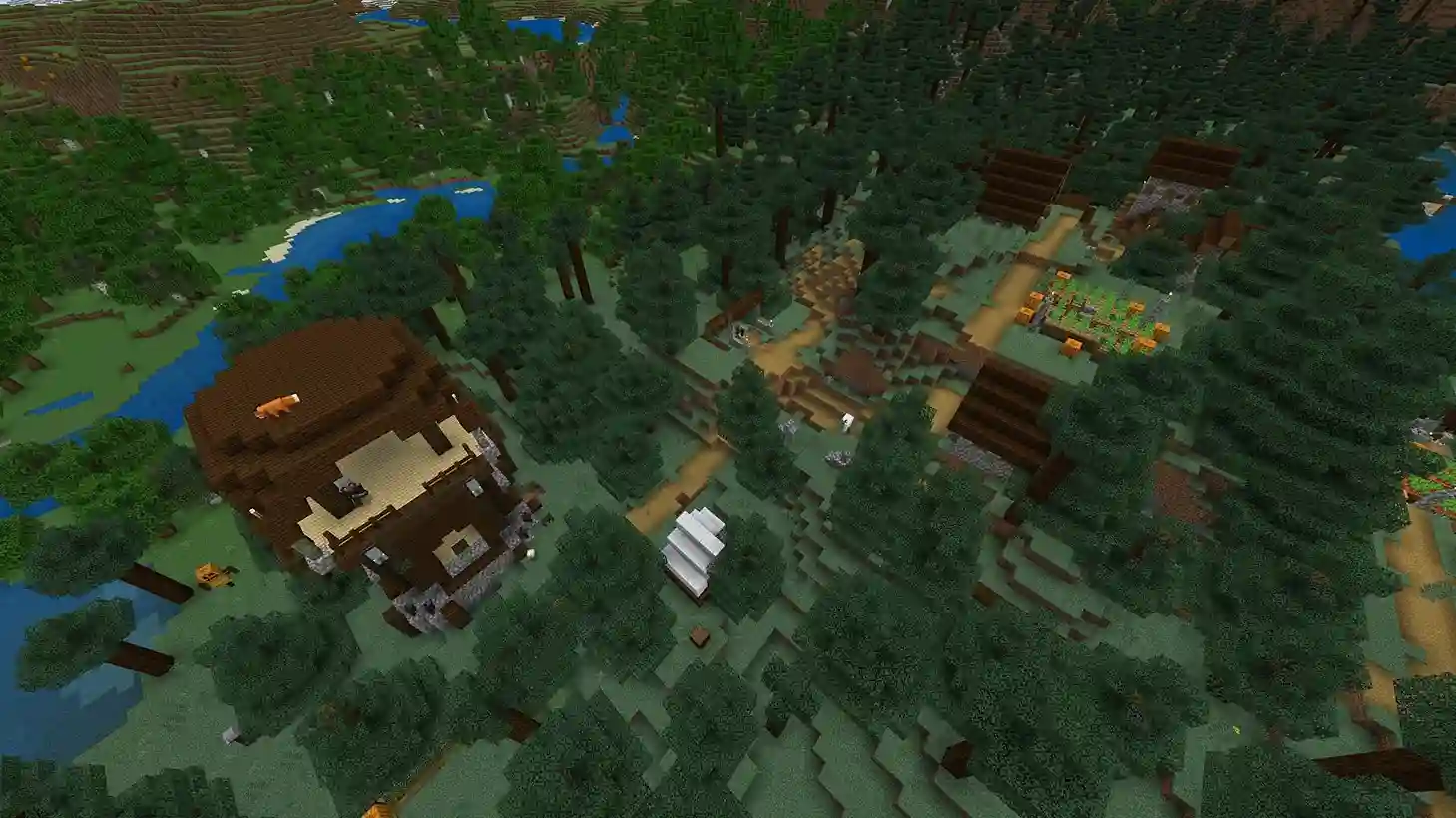
A significant divergence in structure generation pertains to pillager outposts. In Java Edition, these hostile structures are restricted from spawning near villages, ensuring that villages remain safe. Conversely, Bedrock Edition lacks these restrictions, sometimes allowing pillager outposts to appear within villages. This can overwhelm villagers and their iron golem defenders, creating a challenging situation for players.
3. Superflat Villages
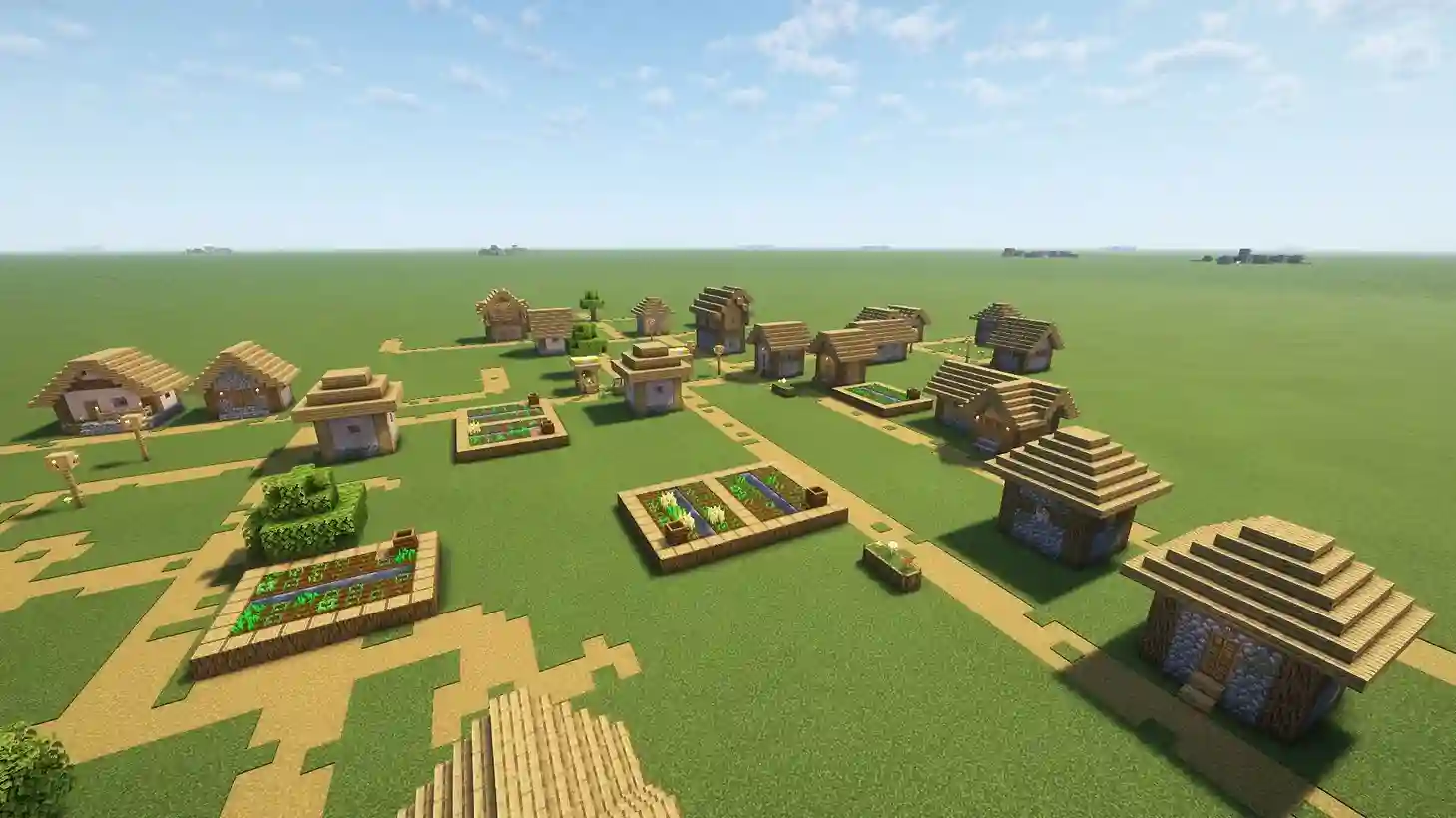
Villages are crucial in Minecraft for early-game resources like food, building materials, and iron. However, in Bedrock Edition’s superflat worlds, villages are absent. Players must manually convert zombies and establish villager breeders to access these benefits. Java Edition’s superflat worlds, while missing many structures, still feature villages and strongholds, providing a more engaging experience for long-term gameplay.
4. Ancient Debris Rarity
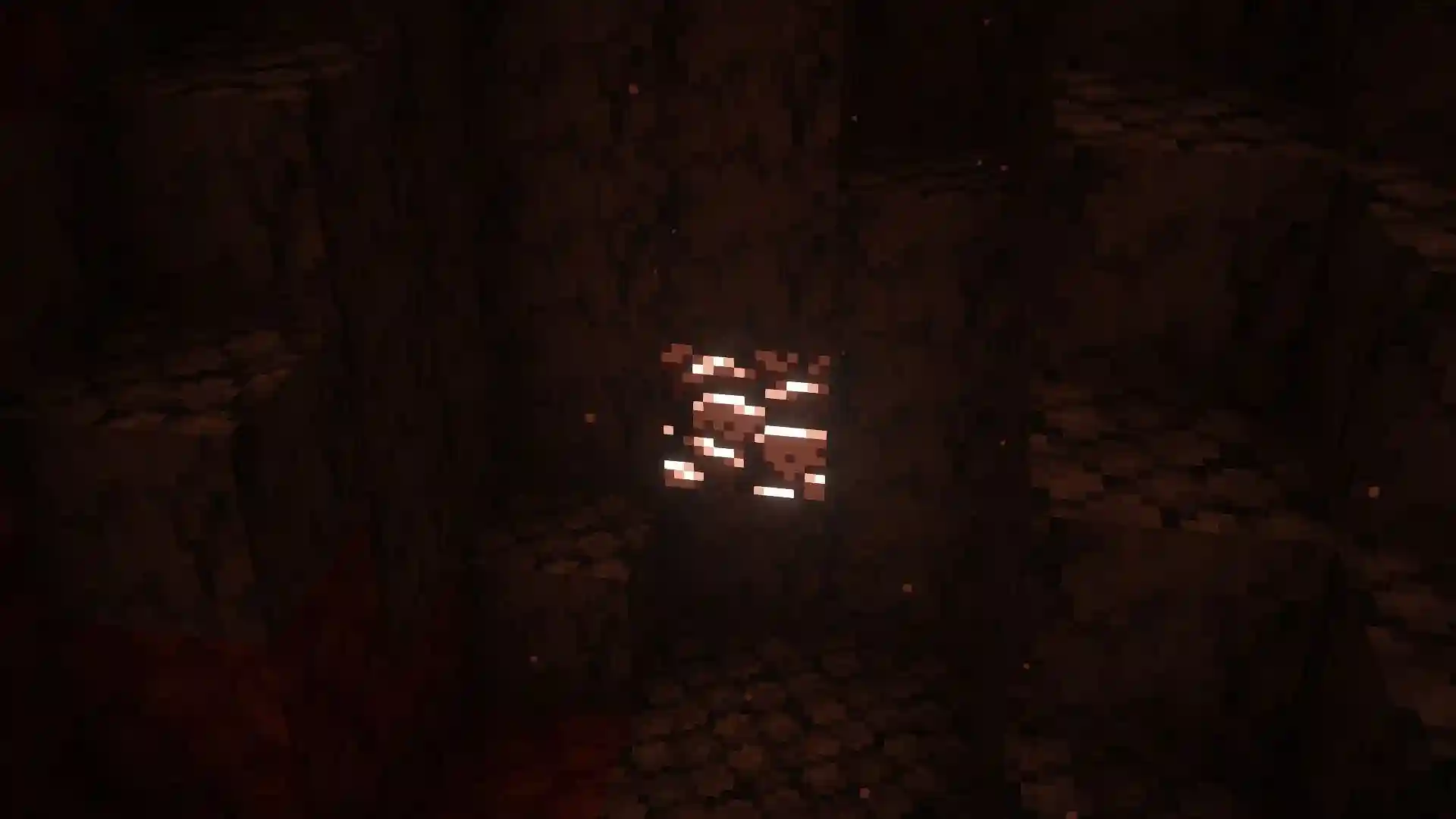
Ancient debris is a rare block in the Nether, essential for crafting netherite ingots to upgrade diamond gear. Its scarcity is more pronounced in Bedrock Edition, where ancient debris does not spawn in basalt or blackstone blocks, unlike Java Edition. This makes gathering enough ancient debris to craft netherite ingots significantly more challenging on Bedrock without relying on bastion loot.
5. Fallen and Dying Trees

The presence of fallen and dying trees adds a unique touch to Bedrock Edition worlds. Dying trees, which generate with vines covering their exposed logs, can include dark oak, jungle, spruce, and small oak varieties. Fallen trees, found as upright logs with remaining trunks on the ground, can include oak, spruce, birch, tall birch, and jungle trees, often adorned with mushrooms to signify decay. These features are exclusive to Bedrock Edition, enhancing the world’s realism compared to Java Edition.
These differences contribute to the distinct feel and gameplay experience in each version of Minecraft, offering players unique aspects to explore in both Bedrock and Java Editions.
Related Articles
-

Juxia Figure Review - Hatsune Miku 100th Adventure Ver Preorder Now!
2025-11-27
-

Juxia Game Review – WoW Midnight Deep Dive: Release Date, Player Housing, and Prey System!
2025-11-27
-

Juxia Anime Review - 'The Demon King’s Daughter Is Too Kind!!' Anime Upcoming Adaptation!
2025-11-27
-
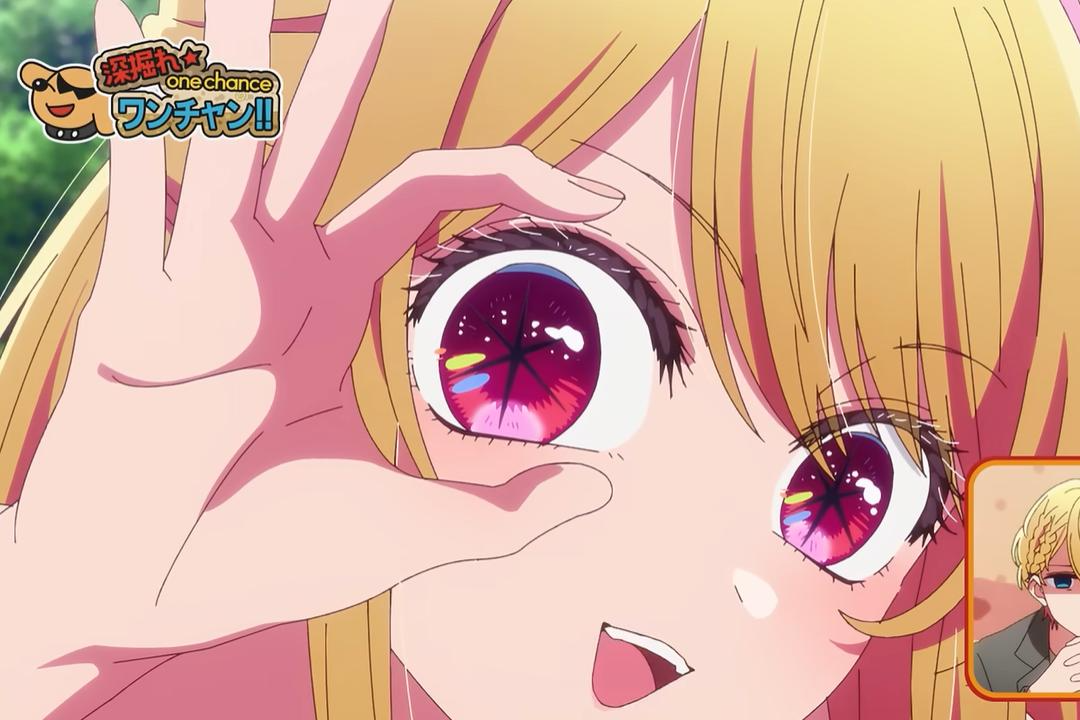
Juxia Anime Review - OSHI NO KO Season 3 Release Date, Trailer, and Story Predictions!
2025-11-26
-

Juxia Game Review - Koei Tecmo’s Atelier Ryza ASMR Hits DLsite!
2025-11-26
-

Juxia Game Review - Elon Musk Just Challenged LoL Pros With Grok 5, and the Internet Is Losing It!
2025-11-26
-

Juxia Game Review - The Ultimate Final Fantasy VII Remake Intergrade Switch 2 & Xbox Breakdown
2025-11-26
-

Juxia Figure Review – 15th Anniversary Junko Enoshima Figure Every Fan Needs!
2025-11-25
-

Juxia Movie Review - The Legend of Zelda Live-Action Movie Coming Soon!
2025-11-18
-
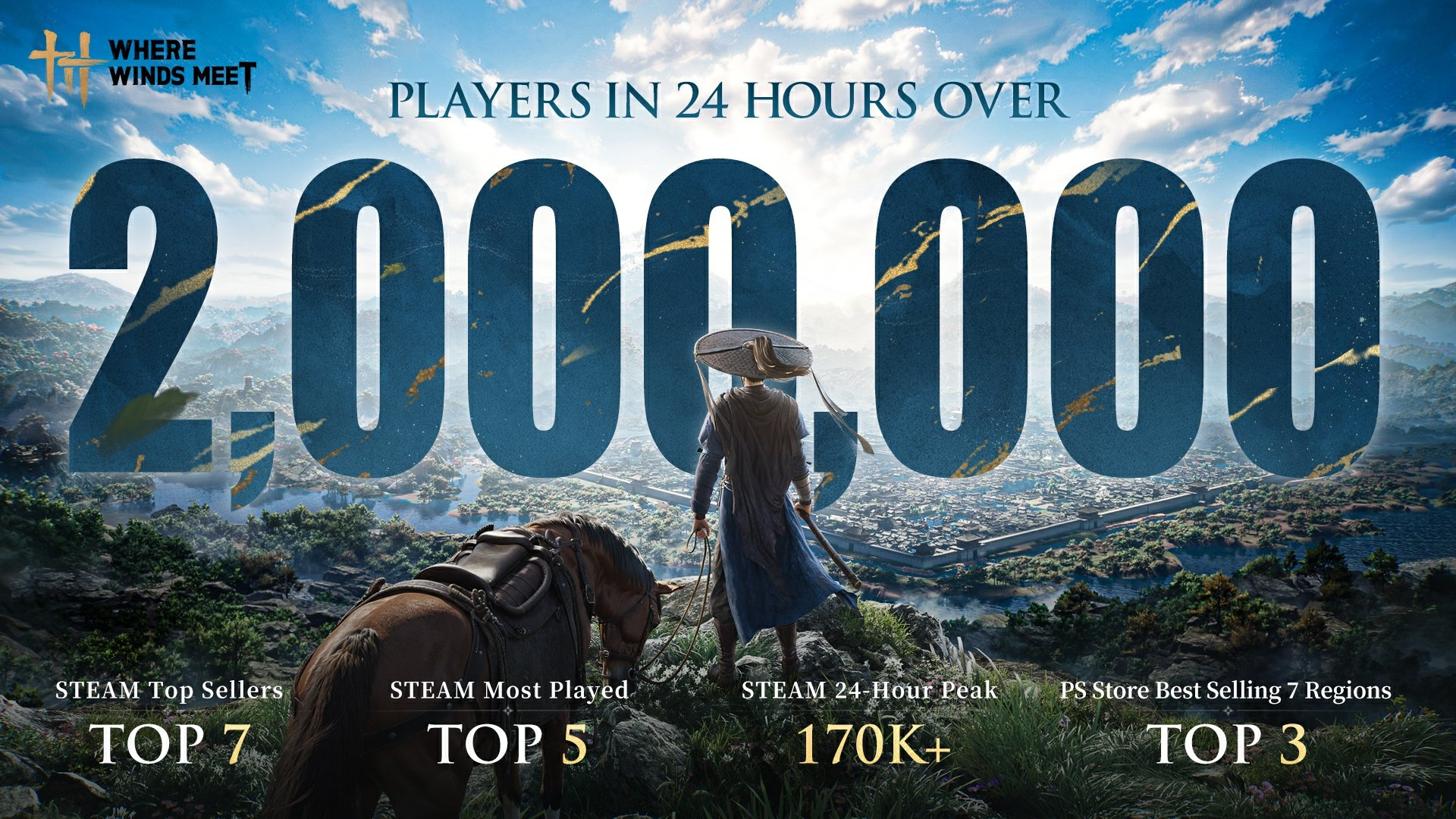
Juxia Game Review - Where Winds Meet Surged Past 2 Million Players on Day One!
2025-11-17


